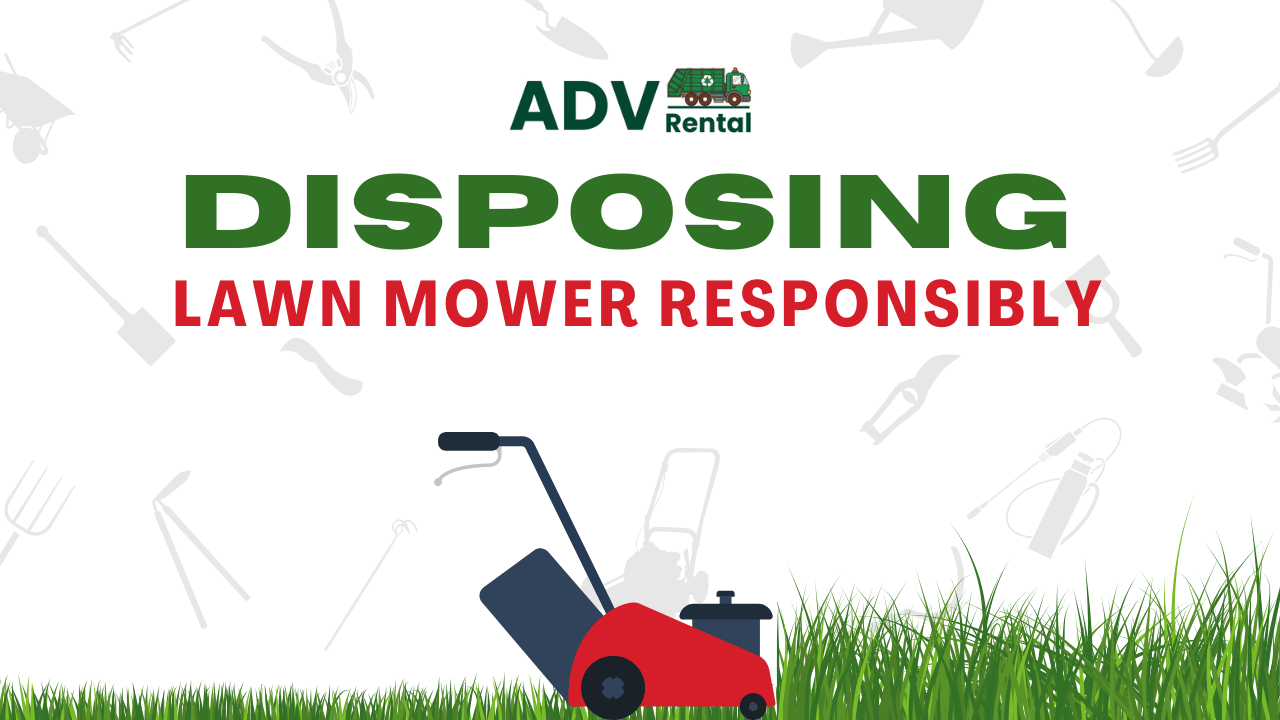As we strive to be more eco-conscious and responsible with the disposal of our home appliances, knowing the correct way to let go of a refrigerator is crucial. The hefty contraption that has been tirelessly keeping our food fresh over the years presents unique challenges when it’s time to say goodbye.
This comprehensive guide is designed to assist homeowners in navigating the process of disposing of a refrigerator in an environmentally-friendly manner, complying with local regulations, and potentially benefit from the creative recycling options available.
The Importance of Proper Refrigerator Disposal
You might be surprised to learn that the innocent-looking refrigerator in your kitchen houses various components that, if not handled correctly, can harm the environment. The refrigerants, insulation materials, and the appliance’s size all contribute to the complexities in disposal.
When not managed carefully, refrigerators can release hazardous substances like chlorofluorocarbons (CFCs) and polystyrene foam, a significant contributor to greenhouse gases and ozone layer depletion. By choosing the right disposal method, you’re not only complying with the law but also protecting the planet for future generations.
Step 1: Preparation
Disconnecting and Emptying the Refrigerator
Before any disposal action, ensure the refrigerator is completely empty, clean, and unplugged. Remove all shelves, drawers, and fittings that can be taken out, as they can be recycled separately.
Safely Remove Any Hazardous Materials
Refrigerators contain certain hazardous materials that must be disposed of properly. Older models might have PCB capacitors or mercury switches. For this reason, consulting with a professional or the manufacturer is a wise move.
Step 2: Research Local Regulations
Checking Local Laws and Regulations for Refrigerator Disposal
Laws governing the disposal of refrigerators may vary significantly from state to state. Some areas require specific disposal methods while others outlaw certain practices. Take the time to research what is required in your area to avoid fines and penalties.
Identifying Recycling and Disposal Options in Your Area
Once you’re acquainted with the legal framework, it’s time to locate your options. You might find local recycling centers offering refrigerator recycling programs, waste management companies specializing in appliance disposal, or even utility companies with trade-in programs.
Step 3: Recycling Options
Donating or Selling the Refrigerator
If your refrigerator is still in good, working condition, consider donating it to local charities, schools, or community centers. You might also be able to sell it to someone who can make the most of its remaining lifespan.
Finding Local Recycling Programs or Facilities
An efficient way to recycle a refrigerator is to find a state-run or private program designed to take in these large appliances. Such programs typically recover and recycle the refrigerants and other materials that can be repurposed, diverting significant waste from landfills.
Step 4: Disposal Methods
Arranging for Curbside Pickup or Drop-Off
Some municipalities offer curbside pickup for appliances or have designated drop-off locations. Contact your local waste management authority to schedule a pickup or for drop-off site information.
Hiring a Professional Removal Service
Hiring a professional removal service can be the answer for those who prefer a hassle-free solution. These services often specialize in large items and can handle the transportation and disposal process according to regulations.
How ADV Dumpsters Can Help
Organizations such as ADV Dumpsters provide professional services to help homeowners manage the removal and disposal of refrigerators. Choosing a company with expertise in this area can streamline the process and ensure it’s done right.
Step 5: Environmental Considerations
Minimizing Environmental Impact Through Responsible Disposal Methods
Besides ensuring that hazardous materials are properly removed, choosing a recycling disposal method helps conserve resources and reduce the environmental impact. Responsible methods also often entail the safe destruction of ozone-depleting substances.
Avoiding Illegal Dumping and Pollution
Improper disposal methods, such as illegal dumping or using unauthorized services, can lead to pollution and contribute to environmental harm. Be sure to choose a legitimate and certified service to avoid such consequences.
Conclusion
The process of disposing of a refrigerator is not one to be taken lightly. You’re proactively protecting the environment by following the steps outlined in this guide. Each step, from preparation and local regulations to recycling and environmental consciousness, ensures a safer and more sustainable approach to managing household appliance waste. Remember, the effort you put in today can make a significant difference tomorrow.






